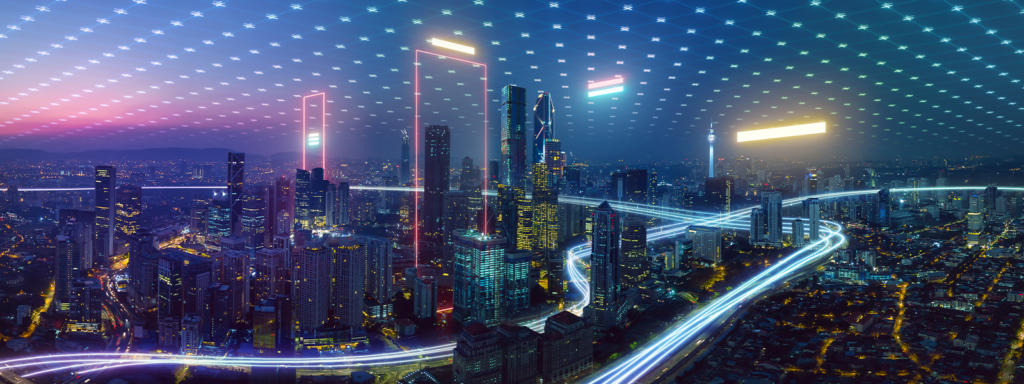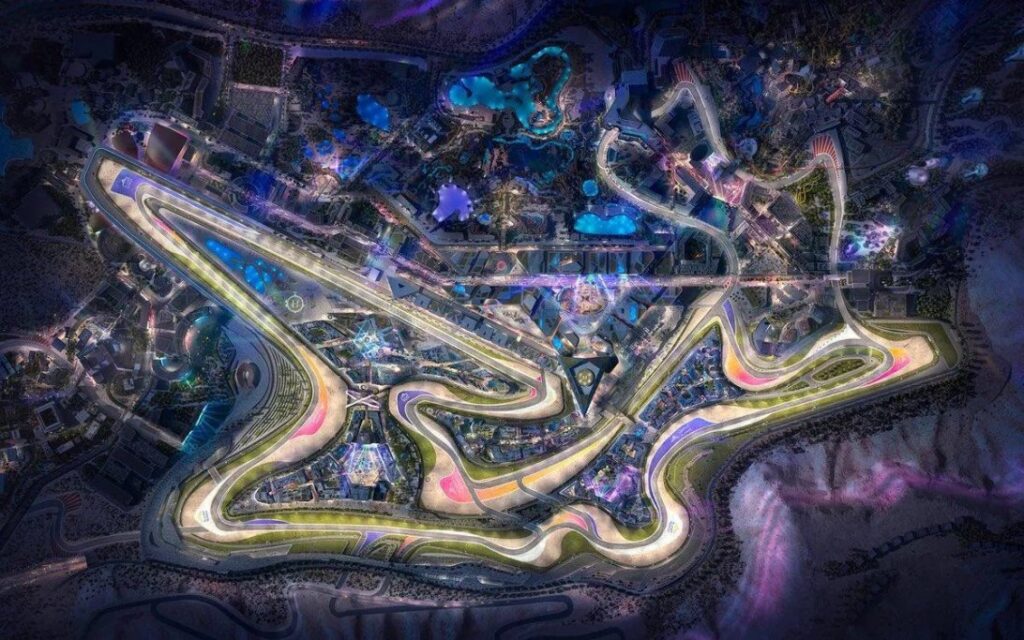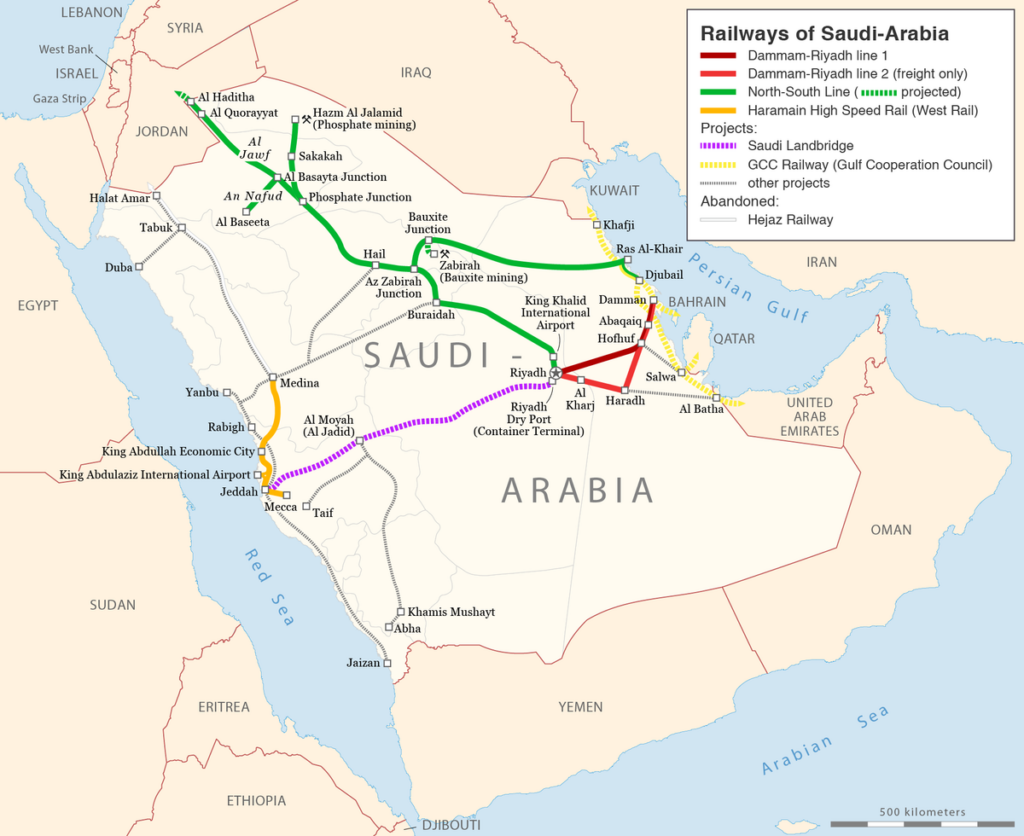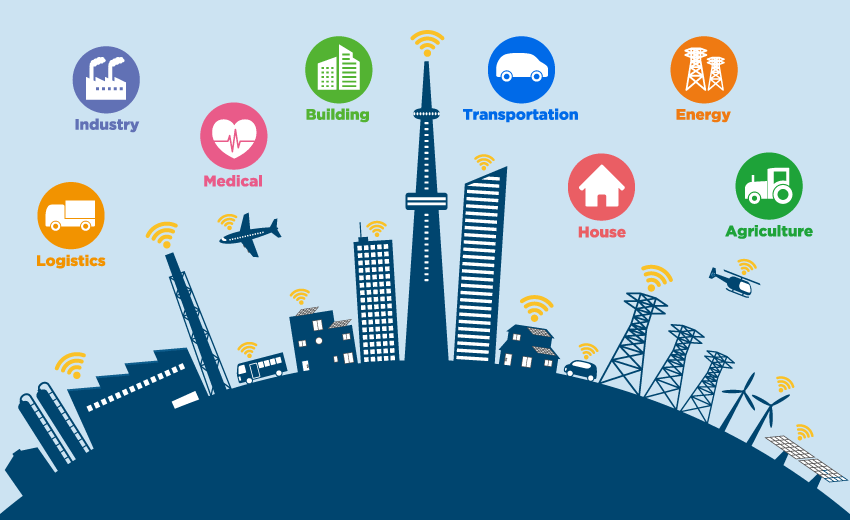The concept of “future smart cities” is no longer a distant dream but a rapidly approaching reality. As urban areas around the globe embrace technology, smart cities are transforming how we live, work, and interact. With 2025 on the horizon, advancements in artificial intelligence (AI), Internet of Things (IoT), and sustainable technologies are expected to redefine urban living.
What Defines a Smart City?
A smart city is an urban area that integrates technology to optimize infrastructure and improve the quality of life for its residents. By leveraging IoT devices, AI, and data analytics, these cities aim to address challenges such as congestion, energy consumption, and environmental degradation. Beyond the technical aspects, smart cities also focus on inclusivity, ensuring that all citizens benefit from technological advancements.
Key Components of a Smart City
- IoT Integration: IoT devices, like sensors and smart meters, collect real-time data to improve decision-making in areas such as traffic management and energy distribution.
- AI-Powered Solutions: AI helps analyze vast amounts of data to predict trends, automate services, and enhance urban planning.
- Sustainable Practices: Initiatives such as renewable energy adoption, efficient waste management, and water conservation are integral to smart cities.
- Citizen Engagement: Platforms that enable residents to provide feedback and participate in decision-making processes foster a sense of community.
Trends Shaping the Future of Smart Cities in 2025
AI and Machine Learning Advancements
AI and machine learning are pivotal in managing the complexities of urban environments. These technologies automate processes, predict trends, and enhance operational efficiency. For instance, smart traffic management systems use AI to reduce congestion by dynamically adjusting traffic light patterns based on real-time conditions.
Examples of AI Integration
- AI-powered waste management systems optimizing collection routes.
- Predictive maintenance for critical infrastructure, preventing costly breakdowns.
Increased Focus on Sustainability
Sustainability is at the core of future smart cities. Renewable energy sources, such as solar and wind, are being integrated into urban power grids. Moreover, innovations like vertical farming and green building technologies contribute to reducing cities’ carbon footprints.
Notable Sustainable Practices
- Installation of energy-efficient LED lighting in public spaces.
- Development of urban green spaces to improve air quality and reduce urban heat islands.
- Circular economy initiatives, such as recycling and upcycling waste materials.
Enhanced Mobility Solutions
Mobility is a critical aspect of urban life. Smart cities are prioritizing connected and efficient transportation systems. Mobility as a Service (MaaS) platforms are emerging as a one-stop solution, integrating various transportation modes like buses, trains, and bike-sharing services.
Key Mobility Innovations
- Deployment of autonomous electric buses in urban areas.
- Real-time tracking and navigation apps improving commuter experiences.
- Carpooling platforms reduce the number of vehicles on roads.
Data-Driven Decision-Making
Data is the key enabler of smart city initiatives. Big data analytics enables cities to monitor, analyze, and respond to dynamic urban challenges effectively. For instance, predictive analysis can help cities prepare for natural disasters or optimize energy consumption during peak hours.
Examples of Data Applications
- Smart water management systems detecting and addressing leaks.
- Urban planning tools using data to identify optimal locations for new infrastructure.
Challenges on the Path to Smarter Cities (H2)
Data Privacy and Security
With increased connectivity comes the challenge of ensuring data privacy and security. Smart cities must invest in robust cybersecurity measures to protect sensitive information and infrastructure from threats such as hacking and data breaches.
Bridging the Digital Divide
As cities become smarter, ensuring equitable access to technology is essential. Bridging the digital divide means providing affordable internet access, digital literacy programmes and inclusive platforms that cater to all demographics.
Economic and Political Hurdles
Implementing smart city initiatives requires significant investment and collaboration between the public and private sectors. Political instability or a lack of clear leadership can slow progress.
Conclusion – The Road Ahead
The future of smart cities holds immense potential to improve urban living through innovation and sustainability. By focusing on AI, IoT, and citizen engagement, cities can create more efficient, inclusive, and environmentally friendly spaces. However, overcoming challenges like data security and equitable access will be crucial to achieving this vision. As we look to 2025, the journey toward smarter cities is a collaborative effort that requires foresight, investment, and commitment.
Explore how MTi Arabia can help you leverage these trends to revolutionize your industry. Contact us here.



